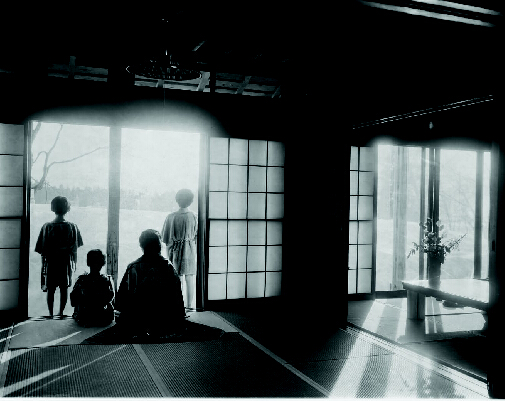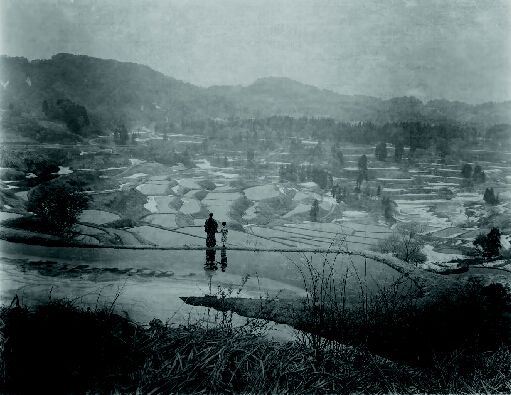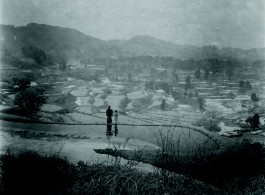Chambers Fine Art is pleased to announce the opening on June 2, 2016 of RongRong & inri: Tsumari Story. In April RongRong & inri were awarded the Outstanding Contribution to Photography Award in London as part of the 2016 Sony World Photography Awards exhibition. Before 2000 when RongRong was based in Beijing and inri in Tokyo, they both pursued independent careers but since 2000 they have worked together, producing a body of work that is notable for the sensitive way in which it reflects the development of their life as a couple and the growth of their family as well as work of a more experimental nature.
In addition to their flourishing career as a photographic duo, they have also played a prominent role in the development of awareness of photography in China, establishing the Three Shadows Photography Centre in Caochangdi, Beijing in 2007 and the annual Three Shadows Photography Award the following year. A second center opened in Xiamen in 2015.
There has always been a strong autobiographical element in RongRong and inri’s photography as it traces the development of their relationship, from the lyrical effusions of 2000–2001 such as the In Yulongxueshan, China Series and the In Bad Goisen Austria Series to the tender recording of the rapid growth of their family in the Caochangdi, Beijing Series, 2004–2009. The construction of Three Shadows Photography Centre designed by Ai Weiwei also provided subject matter for their photography.

RongRong & inri, Tsumari Story No. 11-5, 2014, silver gelatin print, 16 1/2 x 20 3/4 in (42 x 53 cm), Edition of 12
In 2012 they were invited to participate in the Echigo-Tsumari Art Triennial in Niigata Prefecture, Japan. This rural area, famous for its long winters and its spectacular snow storms, became the setting for Tsumari Story, in which RongRong, inri and their three sons abandon the urban life-style they were accustomed to in Beijing and respond to the beauty of the changing seasons in Japan. Using a 200 year old house subtly modified by Kurakake Junichi as the setting for the interior scenes, RongRong and inri portray themselves wearing Japanese kimono and convey the intensity of their relationship in carefully staged encounters. The three boys respond with joy to their new environment, clearly reveling in the unfamiliar pleasures of the Japanese life-style, sleeping on the floor and bathing in the clear waters of onsen (Japanese hot springs). Venturing outdoors even in the most harshest conditions, the photographers can be seen struggling over snow-drifts and testing how much the human body can endure as their garments fall from their bodies.
Above all, it is the relationship between humans and nature that has always been RongRong & inri’s primary concern, even when they were living in Beijing. “Even when we travel to a new location,” they have said, “it is not only what we see with that registers. We also smell the air, feel the humidity and the temperature. This is what we attempt to convey, as well as a temporal dimension that situates the apparent subject-matter in a realm beyond time.” To accomplish this they use a variety of innovative techniques in the darkroom, including multiple exposures, layered effects achieved through the introduction of textured materials during the printing and a judicious use of hand tinting.

RongRong & inri, Tsumari Story No. 7-1, 2012, silver gelatin print, 46 3/4 x 58 1/4 in (119 x 148 cm), Edition of 8
In some of the most haunting images, the artists are seen as disembodied or fragmentary forms in an ambiguous space that melds interior and exterior, the chiseled floor of the house where they were staying and landscape and underwater motifs. In two haunting images RongRong’s face emerges from a gnarled tree while the naked figure of inri seems to be sinking into the floor in another. The long scroll suspended from the ceiling develops this tendency on a very large scale.



